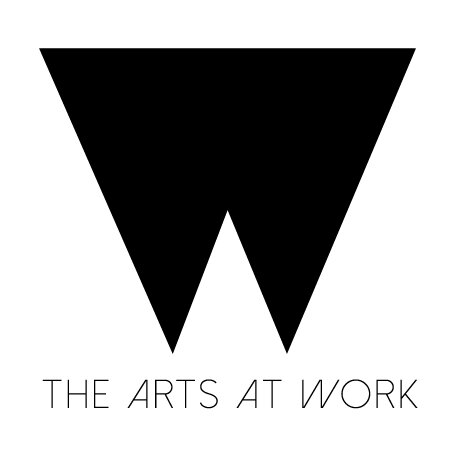Online and off millions of voices are joined in a dirge lamenting the decline of street culture, accessible culture, in-your-face culture, immediate culture in North America’s metropolises. The New York City of the recent past is particularly prone to idolatry of this sort.
“Grittiness” is a word that’s usually thrown around, to articulate the appeal of the metropolis in the 70s, 80s and 90s. But it’s not grit that makes the cultural artifacts of those eras so powerful. It’s that cultural expression was elemental, unencumbered by the superficial forces of branding that package and sell superficial notions of coolness. We’ve allowed culture to be broken down into benign “content”. The culture wars have been waged for over 20 years, and only now do we seem to be aware of what was lost.
I think it’s worth examining some of the forces that nurtured a fecund arts and culture sector at the close of the 20th Century, to empower it once again.
PUBLIC FUNDING
Federal mechanisms for funding the arts and culture were considerably more robust than they are now, which meant that reliance on private or corporate donors was significantly less. In the absence of these public resources, while rallying the government for more support, the arts and culture sector must look beyond the limiting resources that come from private funds and explore alternate means of generative fundraising.
DEPTH OVER SHEEN
Although there has always been posturing in art, a lot of the creation (and much of the consumption) of art today is distinctly self-serving. Too many people are enthralled by the reflected surface sheen that can be derived from associations with the arts and culture, instead of allowing their worlds to be expanded by the examination of art work. Concerted shift toward a focus on communication and the varied iterations of community can counteract the self-serving behavior that stifles the arts.
AFFORDABLE LIVING/WORK SPACES
Arguably the most powerful force that once enabled the arts and culture to flourish was the affordability of urban spaces, which can be attributed to a number of forces – many of which stretched the limits of human rights to the brink. Today, the idea of the cosmopolitan dream vs the suburban nightmare pervades popular culture. Suburbs and exurbs are rampant with empty spaces that may represent opportunities for creative placemaking. Perhaps the abandoned office parks can become bastions of creativity and expression, where artists, culture bearers and communities unite to bring what we so love about the past into the present.
The future is in our hands. Instead of ringing them over what’s missing, let’s create the experiences we desire.
Image by Danny Lyons via Business Insider







